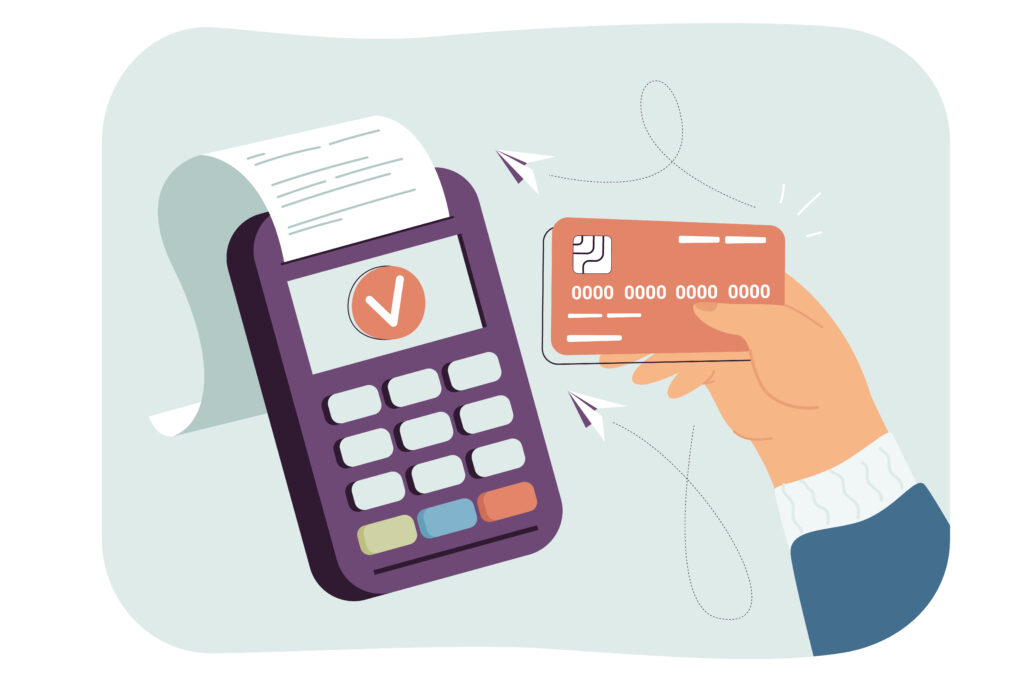
With all of the options in today’s market for credit card terminals, it can be difficult to know which one to choose. Do you want to go with the standard count top terminal? Or should you get the wireless card terminal?
There are many types of stand-alone terminals. They can include:
POS terminals have more functions and can complete multiple functions that can help improve your business.
While there are benefits to each type of terminal, the terminal that will best suit you will depend on the kind of business you have. Keep reading to determine which terminal type is best for you.
What Should You Know About Stand Alone Terminals?
Stand-alone terminals do not connect to your sale software and are disconnected from your payment system.
How Do Stand Alone Terminals Work?
Sales are begun on the point of sale system and a ticket gets created. The customer service person will then process the client’s credit card on the terminal, and then enter the amount of the sale in the point of sale software.
What Are the Down Sides of Stand Alone Terminals?
Drawbacks become more significant as your business grows. Because the terminal does not ‘talk’ to your till system, there is always the potential for keying errors. You must double enter the data (first to the terminal, then to the till) which increases behind-the-scenes time.
What Should You Know About POS Terminals?
POS terminals are point of sale terminals. There are currently two major POS systems available: Cloud-Based POS or Site-Based POS.
How Do POS Terminals Work?
A POS terminal is a device that allows the owner to link to the POS software. The standard POS terminal connects the credit card swiper to process credit transactions, the cash register to process cash transactions, and a receipt printer.
What Are the Benefits of POS Terminals?
One major benefit of using a POS terminal is that it allows customers to choose how they want to pay for their purchases. This increases the amount of money a business can make. The system process is automated to save time and reduce errors.
What Are the Down Sides of POS Terminals?
Some disadvantages of POS terminals include expensive software upgrades that can be potentially inconvenient. Software upgrades typically include a fee for new operational licenses and software, which can get quite expensive. This can also be inconvenient as software updates need to happen semi-frequently.
In addition to the expense, security risks are also a concern with POS terminals. Any time a customer pays with a credit card he risks exposing his personal information when data breaches occur.
Some Things to Keep in Mind Before Choosing the Best Option for You
The nature of your business will determine which option you should choose. Are you a one-store-only business with only a physical location? Then stand-alone terminals might be the better choice.
The size and complexity of your business should also be considered before choosing which terminal type you should pick. For a multiple location business with a large amount of purchasing, POS systems would better suit your overall needs.
Conclusion
Determining the best type of terminal for your business can be something that requires a lot of thought. The business type you have will best guide you in the direction of what you need most.
Please note, this is only some basic information on Stand-alone terminal vs POS terminal, is it your responsibility to research which terminals suit your business needs best.
For more information please contact us at 310.826.7000
